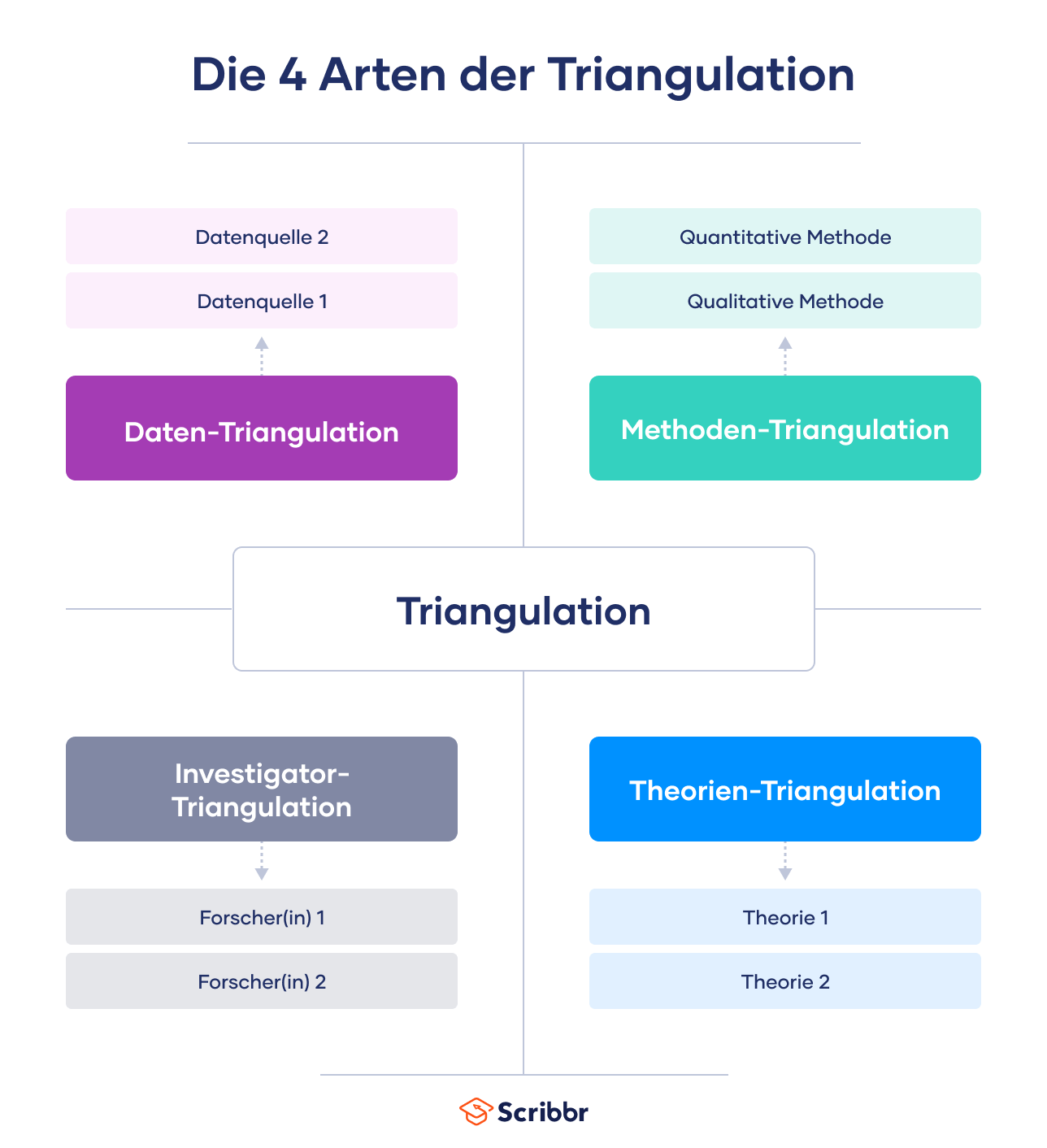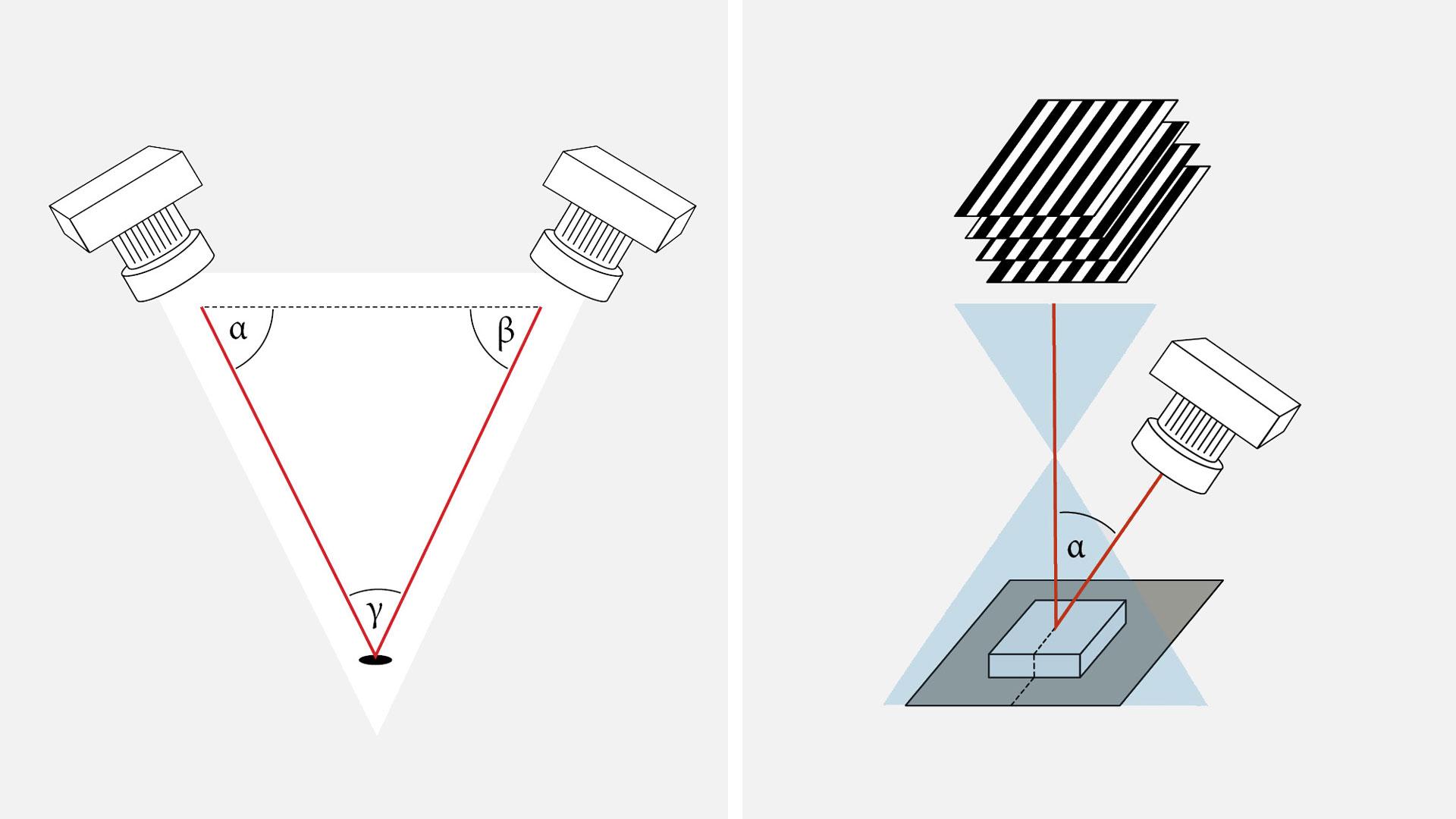Contents

Source: Scribbr
<>
The Principle of Laser Triangulation
Laser triangulation is a method used for distance measurements, commonly employing a laser beam. This technique takes advantage of the laser beam’s ability to travel in a well-collimated form over long distances. In laser triangulation, the laser beam is directed towards a point whose distance from the laser device needs to be measured. The reflections from this point are then detected by a position-sensitive detector, forming a triangle with the laser source and the object.
Applications and Working
The detector’s high detection speed allows for monitoring the position of moving or vibrating parts with great accuracy. The distance measurement precision can be as high as one-thousandth of the measured distance. The method works with both diffuse and specular reflections, with specular reflections allowing for measurement over larger distances but requiring precise angular alignment.
Three-Dimensional Imaging
By rapidly scanning the laser beam in two dimensions, laser triangulation can be used to create three-dimensional images of a scene. This scanning process enables the acquisition of detailed spatial information.
Laser Source Requirements
For effective laser triangulation, an ideal laser source should have high beam quality to illuminate a small spot over a considerable distance. A certain optical power level is necessary, especially for targets with diffuse reflection. Using an eye-safe laser wavelength enhances safety, while a visible laser pilot beam helps in accurately targeting the desired point. Commonly used sources include red laser diodes and helium-neon lasers.
Conclusion
Laser triangulation is a versatile technique with applications in various fields such as industrial measurement, robotics, and 3D scanning. By understanding the principles and requirements of laser triangulation, researchers and engineers can utilize this method effectively for precise distance measurements and spatial imaging.

Source: ZEISS
Feel free to comment your thoughts.



